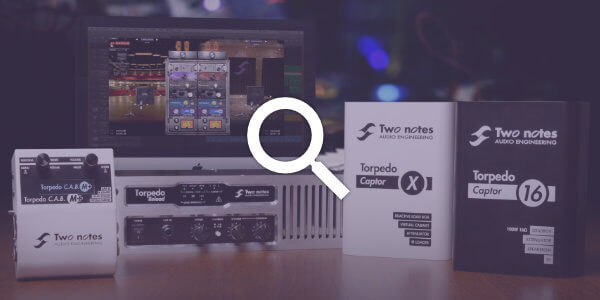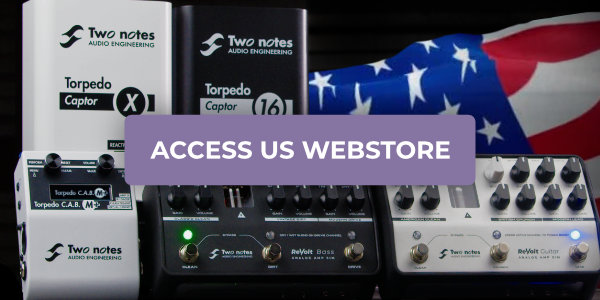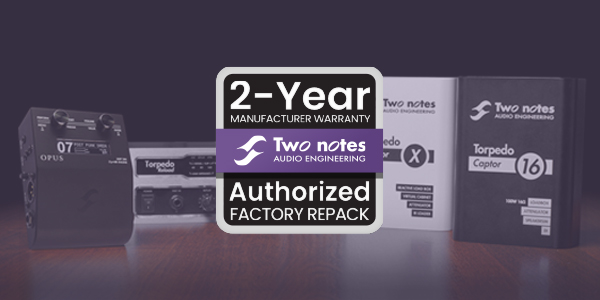This has to be one of the most talked about techniques for recording, but why is it used in studios? What’s the big deal? In our own music rooms, at home, we have tried recording our amps, getting the best sound for the song we are working on. The reality is, we just don’t know how many of us managed to dual mic our amps for recording.
Chances are, not many. This is maybe because of gear reasons (not having 2 different microphones of acceptable quality), because of insufficient inputs on the interface, or even the lack of time in setting it all up. But we all know that in the legendary studios they dual mic the guitar amp. They have these incredible microphones at hand, rooms with acoustics so wonderful that the take sets itself straight away in the mix, they have time to tweak the amp’s placement in the room, to change the type of guitars, etc. and amidst all that they can also dual mic. What you want to achieve when you record a track are width and depth. As the name is self-explanatory, width can be understood as the space the track will take in the final mix in terms of panning (the stereo field).For depth, it is about looking at as a layer: is it just going to be as thin as paint or as thick as the wall it is on?
Spread your sound around
When recording with a single mic, what we always get is precision. The sound appears very precisely at one spot in the mix. If you pan at 9 o’clock, there is no mistaking where the track is. But there is no width to the sound. This is where dual miking steps in. With two mics you can spread your guitar track more in your mix. You will lose in terms of the precision of where exactly the guitar is but it will wrap the listener depending on how much you spread it. This is the easiest way to use dual miking.
Also, by spreading your two tracks apart, you avoid phase issues. When the two tracks are very close in the panning field of your mix, you will notice the sound of your guitar changing drastically. it could even become a bad sound. Thanks to the phase relation of one microphone to the other each microphone does not hear the amp the same way, they are not placed at the same location and the sum of both can end up being useless when you mix the tracks (no presence, too much bass or no bass, no definition,etc. )
Two is company
The other use of dual miking is EQ-ing your guitar sound. For instance, the SM57 has a nice grit with great mids, but they do not have that bottom end or sparkling highs. A second mic can bring you all the missing parts and revitalize your guitar sound to a version that is closer to what your amp is producing. Having two microphones does not mean you have to set them at the same level. When using a second mic to support the main mic, the level of the first will be quite far off from the other. Muting it will show you what you lose and will help you in dial it in precisely.
It is also interesting to experiment with using very different mics in terms of technology and characteristics: dynamic and condenser mic, ribbon and condenser mic, etc. With its broader response, the condenser mic will complement perfectly for low and high ends where ribbon and dynamic mics will yield the mids you are looking for.
With the Torpedo Series of products, via Torpedo Remote, you can also dual mic your cab to ensure your tone is as full recorded as it is in the room





What I really like about this company ( as well as what looks like very good quality products) is that they really seem to understand the needs of guitarists at a high level of understanding and professionalism.I will be checking their products out soon. I would be also interested to hear the silver bassman preamp having owned and played many fender amps.
When working on a preset is it possible to have mic A be a certain cabinet with a V30 (for example), and mic B be the same cabinet but with a different speaker (like a greenback). Or are Mic A and B for the same type of cabinet+ speaker only?
Hi Jayson, Ross from Two notes here. Thanks for getting in touch. With any of our DynIRs, you are only able to mic up on speaker with 2 separate mics within the captured cabinet. However, in GENOME, you are able to run dual separate cabinets in parallel with 4 mics in total across the two cabinets. Please let me know if this clears things up and if you have any questions, please let me know!